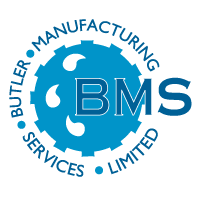
EDUCATIONAL ARTICLES
Learn about sewage treatment with our helpful blog which aims to demystify and explain in an easy to understand way
Overcoming Development Delays: Temporary Sewage Treatment Solutions
Facing delays from overloaded wastewater systems? Discover temporary sewage treatment solutions to keep your project compliant and on track.




















